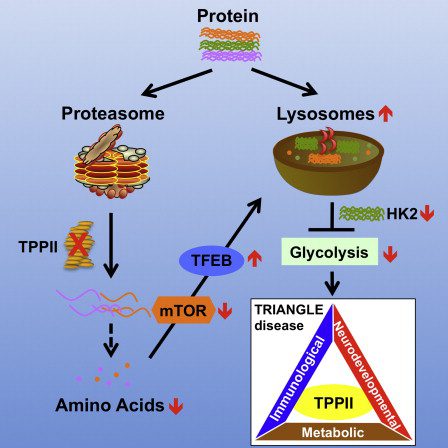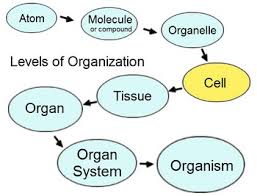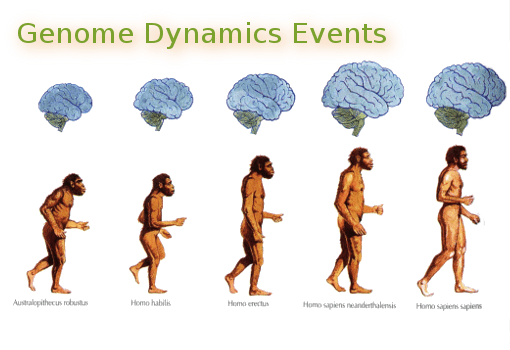Metabolic competition and cancer

Metabolic Competition in the Tumor Microenvironment Is a Driver of Cancer Progression Excerpt: “…glucose consumption by tumors metabolically restricts T cells, leading to their dampened mTOR activity, glycolytic capacity, and IFN-γ production, thereby allowing tumor progression.” My comment: Does anyone know the difference between 1) a tumor that eats glucose and 2) viruses that steal … Metabolic competition and cancer





